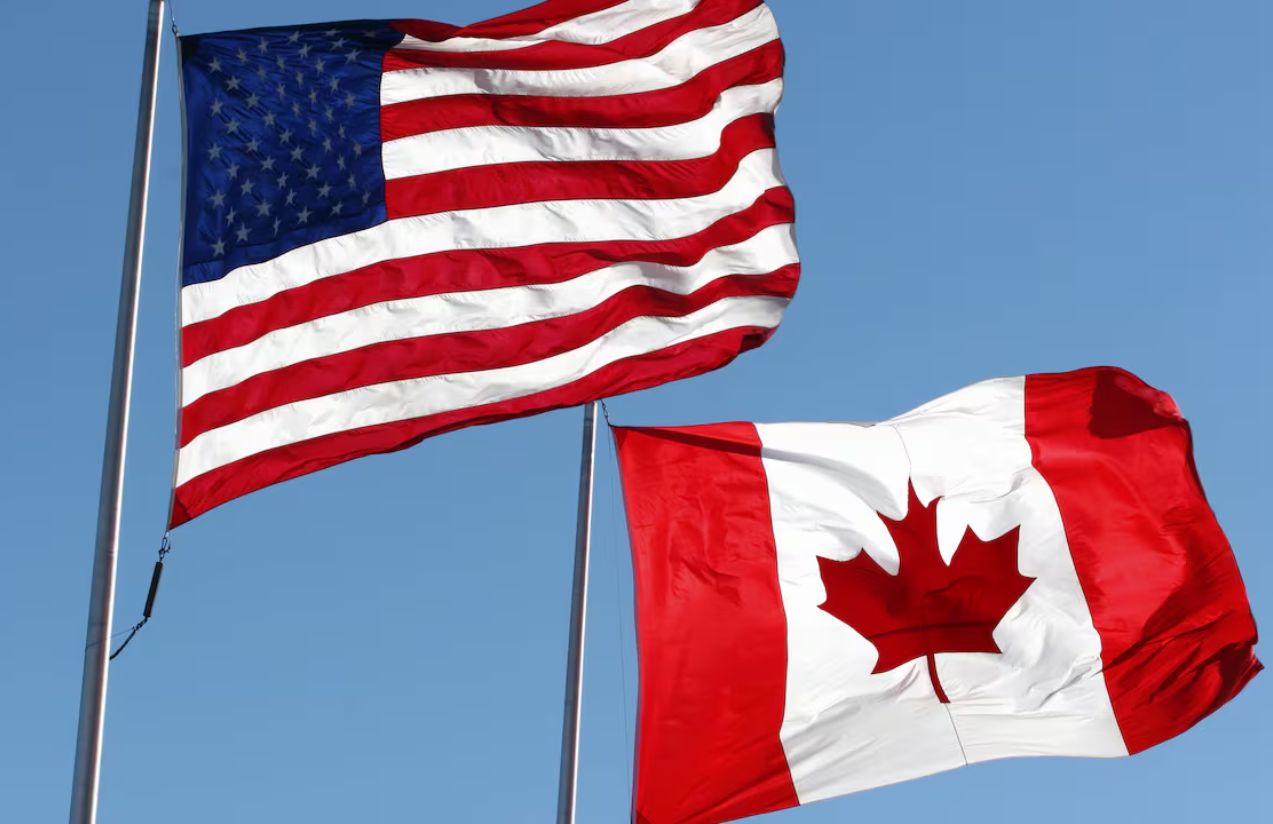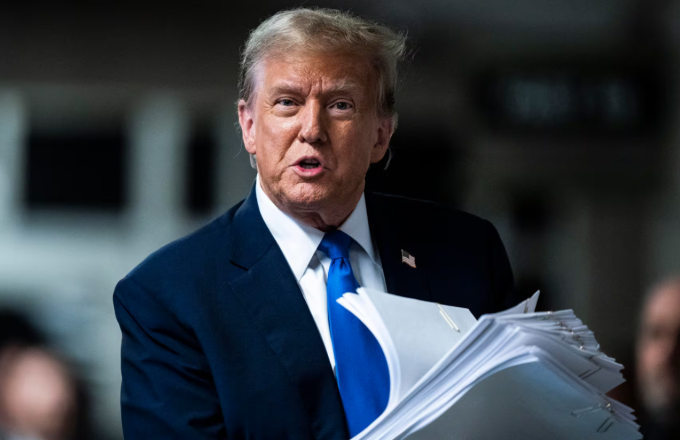Canadian Prime Minister Mark Carney announced that Canada will eliminate retaliatory tariffs on U.S. products that fall under the USMCA trade agreement, mirroring the exemptions already granted by the United States. This measure, set to take effect on September 1, aims to revitalize trade talks between the two nations and strengthen the regional pact.
Although this action covers the majority of trade between the two countries, with more than 85% of exchanges now tariff-free, Canada will maintain duties on sensitive sectors such as steel, aluminum, and automobiles, where tensions remain.

The decision comes at a time of diplomatic recalibration: some leaders and unions have criticized Carney for conceding too much, while Washington has welcomed the move as a constructive step that could pave the way for a successful USMCA review in 2026.
What does this strategy mean for trade relations between Canada and the U.S.?
It reflects a pragmatic approach: by replicating U.S. exemptions, Canada seeks to stabilize bilateral trade without fully yielding in sensitive areas. With this move, the government hopes to reduce friction, avoid tariff escalations, and rebuild trust ahead of the 2026 review of the trade pact.













